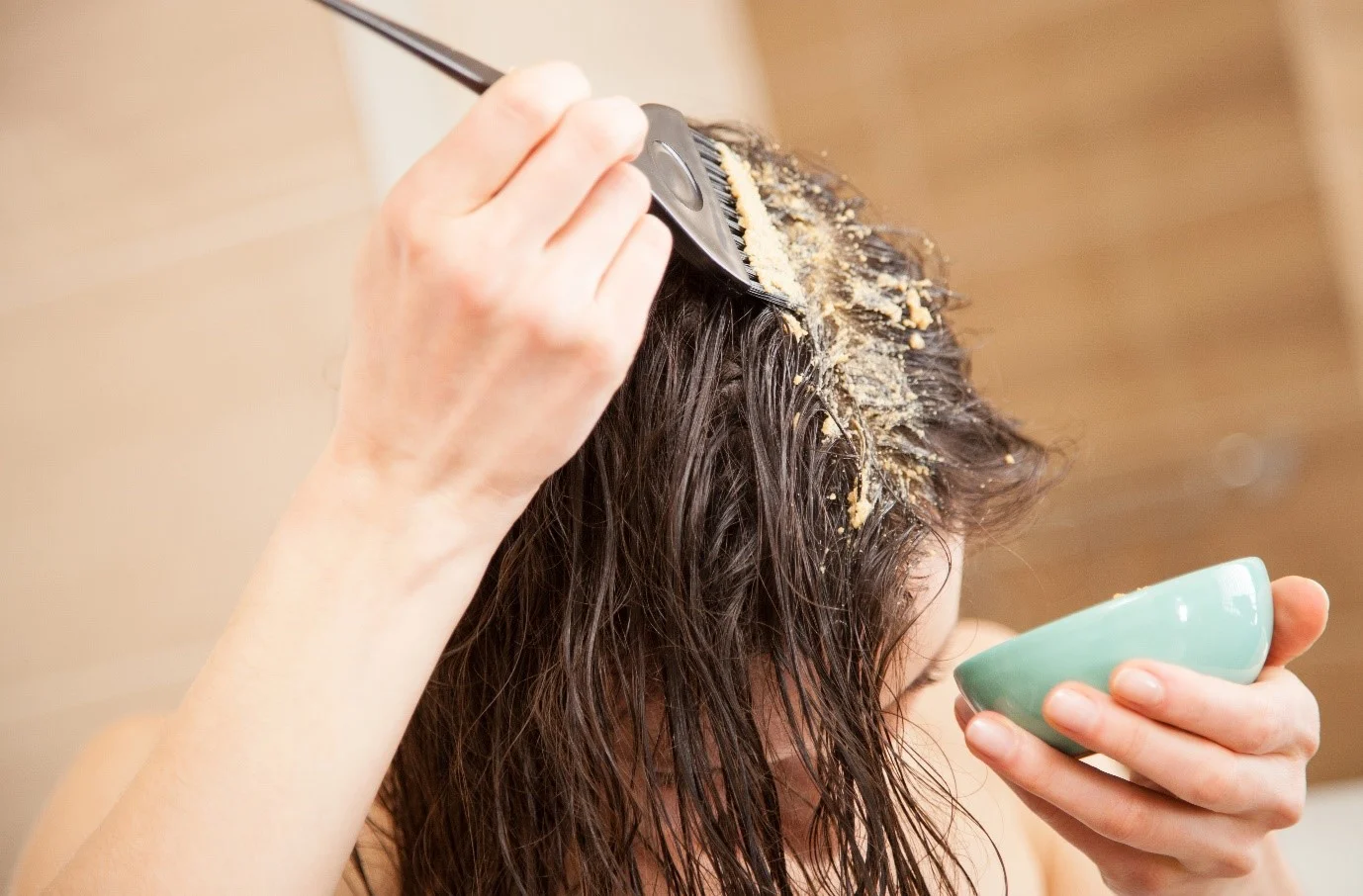Scalp Sunburn: Prevention and Treatment
Summer is right around the corner, and for many people, that means extended periods outdoors, at the pool, the beach, even reading on a hammock in the backyard, or running around the park with your kiddos. And, while you may be well versed in the importance of SPF for your skin health and diligent in the application of it on your face and body, one area you may not consider too is your scalp. You may also assume that the only people at risk of scalp sunburn are those with hair loss issues, but that isn’t true. Even with a full head of hair, you are still susceptible to sunburn in areas like your hairline or where you part your hair.
If you’ve been lucky enough to avoid a scalp sunburn, it’s okay to pat yourself on the back, but keep reading for tips on how to prevent them. If you find yourself reading this because you’re currently dealing with a scalp sunburn, we’ll cover treatment too.
An Ounce of Prevention
They say an ounce of prevention is worth a pound of cure, and with how painful sunburns can be (especially on your scalp), let’s look at the best ways to prevent scalp sunburn. Did you know the number one recommendation from dermatologists for protecting your facial skin isn’t SPF? It’s to wear an oversized hat when outdoors! The same recommendation for facial skin helps prevent scalp sunburn. Thankfully, oversized sun hats are in trend and have been for years, so you’ll look chic and prevent sunburn.
In addition to donning a cute sun hat, you’ll want to apply scalp sunscreen to your hairline if you know you’ll be outdoors during peak sun hours during the summer (between 11 AM and 3 PM). If you have a wide part in your hair, it’s worth dabbing a small amount of scalp or facial sunscreen on that part with a Q-tip to play it safe.
Is it Scalp Sunburn?
If you’ve spent time outdoors and are wondering if your sensitive scalp got burned, the common symptoms of a scalp sunburn are easy to spot and include scalp itchiness and tenderness, obvious redness like a typical sunburn, flaking skin, and in worst-case scenarios, sun blisters. If you suspect you are dealing with a scalp sunburn, the following treatment options will help soothe your sunburn and get you on the road to recovery.
Cool Compresses
While it can be tempting to put an ice pack on your sunburnt scalp, that may shock the traumatized skin too much, so a cool soothing compress is a way to go. Just like a body sunburn is hot to the touch, so is the scalp, so changing out a soft cloth or rag with chilled water can provide instant relief.
Gentle Shampooing
Even if you have no hair, using a gentle shampoo is essential to healing your sunburnt scalp. The reason is that scalp sunburns can cause a lot of flaking and dry skin, but since the flakes aren’t due to dandruff, Head and Shoulders aren’t going to do the trick – in fact, it may irritate your sunburn. Instead, a gentle and natural shampoo (think baby shampoo formulas) will help exfoliate those skin cells off your head and help the cellular turnover where the sunburnt areas are.
Deep Hydrating Products
While it’s easy to apply Aloe Vera gel to a sunburnt body, it can also be a sticky mess, and no one wants to walk around with aloe gel in their hair, no matter how much their sunburnt scalp is bothering them. The best type of hydrating lotion on a sunburned scalp will also heal the skin, so a moisturizer or hydrating cream containing hydrocortisone is best.
Avoiding Hot Tools
While you may be stuck with a ponytail or messy bun instead of your typical coif while your sunburn heals, you want to avoid hot tools when styling your hair if you have a scalp sunburn. This means no blow dryers, flat irons, or curling irons. The hot air will exacerbate the sunburn and prolong healing time.
Dealing with scalp sunburn can feel overwhelming and definitely uncomfortable, but by taking the steps of prevention and utilizing the above treatment methods, you can expect relief and burn-free skin within seven to ten days. Stay safe out there, and don’t forget your SPF!
Read More: What is the Purpose of a Resume and Cover Letter?

